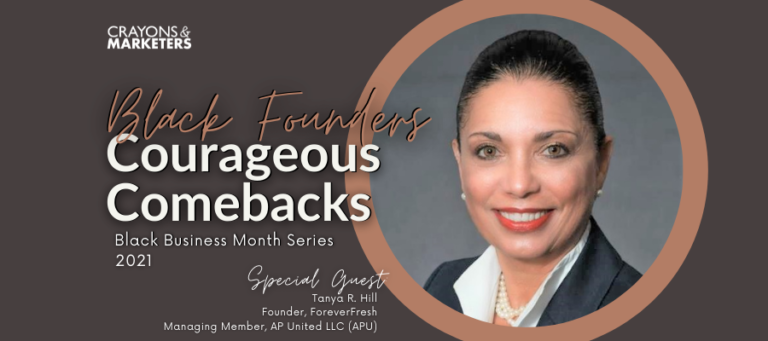How to Grow and Sustain a Diverse Donor Base: A Quick Guide for Non-Profits

Nonprofit organizations are tirelessly working to expand their reach and build support from new audiences. This need is becoming increasingly urgent as U.S. demographics change. By 2050, the population will reach a multicultural majority, with people of color comprising more than 50%. As a result, focusing on inclusive fundraising strategies to reach new donor communities will be critical to raising much-needed funds.
Impact of Shifting Demographics on Non-Profits
A surprising trend emerged in the Fundraising Effectiveness Project’s Q1 2023 report. While major donations declined, diverse donors giving over $5,000 were crucial in increasing total donations by a staggering 69%. This shift is significant given that non-Hispanic White U.S. citizens comprised 63.7% of the population a decade ago, but that number has since decreased to 57.8%. The image of the affluent White male donor is fading, replaced by a more inclusive donor profile. For example, women now account for 64% of all charitable contributions.
Amidst these changes, the data reveals a crucial narrative for nonprofits: leadership that mirrors the communities served is essential. A staggering 81% of BIPOC-led non-profits reported an increase in service demand during the pandemic, compared to 67% of White-led organizations. This speaks volumes about the need for leadership to mirror the communities served. In fact, 57% of BIPOC CEOs and Executive Directors have lived experiences in alignment with their constituents, whereas only 18% of White leaders share this characteristic.
Engage authentically, build trust, and reach more donors
Prospective donors are more likely to give to organizations they identify with, including the people the organization serves and the leadership making decisions. Nonprofits looking to cultivate a diverse donor base must build an inclusive workforce that understands the cultural and experiential nuances of the communities they serve and use those insights to tailor their messaging and outreach to potential donors.
That means building a leadership structure, spanning senior staff, the executive director, and the board, that reflects this diversity, challenging the notion that diversity initiatives are ancillary and embracing them as integral to fundraising success.
For example, understanding cultural giving preferences can help nonprofits develop more personalized approaches. African American donors value in-person engagement and may be more likely to trust and support organizations they have a personal connection with. Hispanic donors are inspired by compelling stories that showcase the impact of the nonprofit’s work on the community. Asian donors prioritize detailed organizational research and may be more likely to donate to an organization they have carefully vetted.
Guide to building an inclusive approach:
- Craft Genuine Narratives: Reflect the diversity of experiences in marketing efforts. Only 36% of African Americans feel accurately represented by charities, highlighting an opportunity for authentic storytelling.
- Engage with Community Pillars: Partner with community influencers and advocates working towards the same goals. Sharing resources can reduce the cost of donor acquisition and expand a nonprofit’s reach. Partnering with community influencers can also amplify a nonprofit’s message to a broader audience of people who trust and respect them, giving nonprofits access to a new pool of potential donors and supporters.
- Digital Outreach: Leverage the power of social media, where 4.76 billion users interact, to share stories and connect with diverse audiences. But don’t stop there. Save mailing costs by moving print newsletters online (or at least offer the option). Build the email database. Explore artificial intelligence. The future is digital, and getting nonprofits online today is critical.
- Build a diverse team: Diverse voices must be at the table to ensure nonprofits’ efforts are inclusive and positioned to appeal to a broader audience.
Conclusion
Embracing diversity in non–profit marketing is not merely an ethical choice; it’s an economic imperative. Meaningfully engaging with today’s multicultural society can significantly amplify a non-profit’s reach and impact throughout the year, not just during the year-end giving season.
Need help? Send us a note. Let’s work together to ensure your strategies are inclusive and effective for engaging the communities you aim to support.






